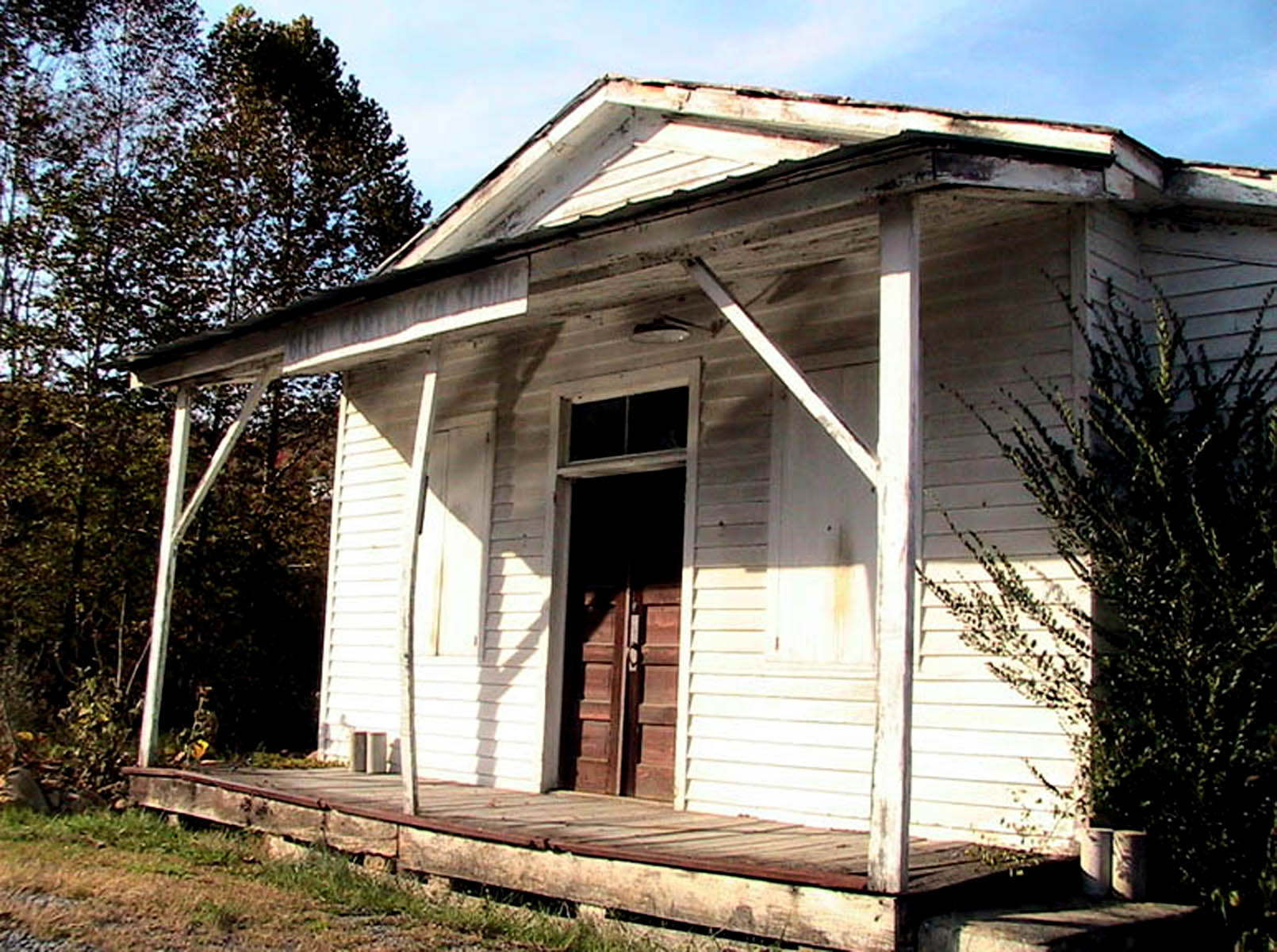REAE 5311 Blog Post

Introduction
Many benefits are commonly cited for investing in real estate. Among these are that real estate provides for diversification of one’s portfolio, current income from the net cash flow of the property, amortization of the mortgage loan balance, providing capital appreciation, the use of leverage to maximize return on equity, the tax benefits of depreciation, the favorability of capital gains over ordinary income, and finally, real estate serves as an excellent hedge against inflation. (Masters 2000, 32)
As with any investment, the tax consequences of any transaction needs to be taken into account in order to maximize profits and cash flows. Long-term financial planning, which includes effective tax planning, is necessary for maximizing wealth. Not taking the effect of income tax rules and regulations into account in one’s financial planning can have very negative effects on one’s cash flows. For example, ineffective tax planning could lead to the loss of the Sec. 1031 tax deferred exchange benefit resulting in the taxation of a capital gain resulting from a property sale.
So, for the investor contemplating real estate, what are some of the income tax implications? Several areas will be addressed: Passive activity limitations, depreciation, and Sec. 1031 exchanges.
Depreciation
Two benefits of deprecation should be readily apparent. One, taxpayers are allowed deductions based on the full purchase price of the asset and not just on their equity portion. Because of the high capital requirements of investing in real estate and the scarcity of dollars at the investor’s level, most real properties are mortgaged at loan-to-value (LTV) ratios commonly between 70-80%. For example, suppose a taxpayer invests in an office building for $1,000,000 and obtains a mortgage with an LTV of 75%. This taxpayer would receive a loan of $750,000 and would be required to put up equity capital of $250,000. Based on current rules, the taxpayer would be allowed an annual deduction of $25,641 ($1,000,000/39 years) as opposed to $6,410 ($250,000/39 years) if the depreciation deduction were limited to actual cash expended to purchase the property.
Secondly, it is a non-cash deduction against current income. The cash was expended upfront in purchasing the property and yet every year the taxpayer is able to include in their net rental income this non-cash expense. In the above example, the taxpayer did not spend $25,641 and yet he/she is able to take this deduction against current income thereby reducing taxable income and the resultant taxes paid. The beauty of depreciation is that a property can be generating positive cash flow and yet there be little or no taxable income. (Wendt 1969, 79) Taxpayers are able to convert some of the ordinary income (which can be taxed as high as 35%) generated by the property to capital gains (which are taxed at the lower rate of 15%) through depreciation deductions.
While depreciation has its benefits, there is one drawback that without effective tax planning can come back to bite you. This drawback is the depreciation recapture rule and is found in Sec. 1250 of the Code. The basic rule is that if Sec. 1250 property is sold or disposed of at a gain, that portion of the gain due to excess depreciation would be treated as Sec. 1250 ordinary gain. In other words, a portion or even all of the gain would be converted from capital gain taxed at the lower rate of 15% to ordinary income taxed at the taxpayer’s highest marginal tax rate. Excess depreciation is the “excess of the actual amount of accelerated deprecation over the amount that would be deductible under the straight-line method.” (Pope, Anderson, and Kramer 2008, 13-12 – 13-13) Accelerated depreciation refers to the double-declining (200%) or 150% declining balance methods of depreciation. For example, using the 200% DB method of depreciation in our example above would result in a deduction of $51,282 ($25,641*2) in year 1 and in this case the excess is $25,641 and would be taxed as ordinary income.
Since all real property placed in service after 1986 is required to be depreciated using the straight-line method, Sec. 1250 depreciation recapture rarely comes into play. Congress therefore enacted the Unrecaptured Sec. 1250 gain rule. This rule states that any long-term capital gain resulting from the sale or disposition of Sec. 1250 property “due to depreciation other than excess depreciation is unrecaptured Sec. 1250 gain taxed at a maximum rate of 25%.” (Pope, Anderson and Kramer 2008, 13-12) Basically, that portion of the gain due to depreciation deductions would be taxed at the 25% rate rather than the current capital gains rate of 15%. While depreciation does provide positive benefits to the taxpayer during the holding period of an asset, it can get cost one in the end.
Sec. 1031 Exchanges
Note that this is a tax deferred exchange and not a tax free exchange. The gain on the sale is deferred in that the basis of the new property is written down by the amount of the gain. In our example above, suppose that our investors sold the property that they purchased for $1,000,000 at a gain of $500,000, and entered into a non-taxable exchange by acquiring a like-kind asset for $2,000,000. The purchase price of $2,000,000 would be adjusted downward by $500,000 and the new property would have a tax basis of $1,500,000. If this property were later sold for $2,500,000, the resulting gain would be $1,000,000, not $500,000. Through this provision of the Code taxpayers are able to shield capital gains from taxation and increase cash flow available for other investments. In this case our investors saved $75,000 ($500,000*0.15) in taxes by utilizing Sec. 1031. Another benefit of Sec. 1031 is that it can be used indefinitely. A taxpayer can roll over real estate assets multiple times thereby shielding income from taxes, and in the event of death, if the taxpayer is still in possession of a 1031 asset, this asset can be bequeathed to an heir. In this event, the basis in the asset would be adjusted to fair market value thereby excluding the accumulated capital gains from taxation. Sec. 1031 tax deferred exchanges are very powerful tools for increasing wealth, cash flows, and also very useful in estate planning.
Conclusion
Real estate investing offers many tax advantages for the small taxpayer. Among these benefits are depreciation, Sec. 1031 like-kind exchanges, and the preferential treatment of capital gains over ordinary income. Investing in real estate can be a vital part of the overall financial plan of any investor seeking to provide both current income and for maximizing one’s wealth. In addition, real estate can be used in estate planning and passing on one’s legacy to heirs, thereby contributing to the continued prosperity of one’s family.
[i] The following discussion of passive activity limitations assumes that the taxpayer is not engaged in a real property trade or business and does not actively participate in rental real estate activities. In the event of active participation, the taxpayer may offset up to $25,000 of non passive income with passive activity losses generated from rental real estate activities. See Code Sec. 469 (i).
[ii] See for example, http://www.mortgage-investments.com/Investors_in_Real_Estate/tax_benefits_of_owning_investment_real_estate.htm, http://www.christinawhipple.com/General-Interest/Real-Estate-Investing-Generates-Big-Tax-Benefits.html, http://www.therealestatefoundation.com/investing-benefits/investment-real-estate-tax-shelter/, and http://www.inman.com/buyers-sellers/columnists/real-estate-investing-generates-big-tax-benefits.
[iii] Code Sec. 1031(a)(3).
[iv] Code Sec. 1031(a)(3)(A) and Sec. 1031(a)(3)(B).
Bibliography
Greer, Gaylon E. and Michael D. Farrell, “Investment Analysis for Real Estate Decisions” 2nd Ed. USA: Longman Financial Services Publishing, 1988.
Kyle, Robert C. and Jeffrey S. Perry, “How to Profit from Real Estate: Investing under the New Rules.” USA: Longman Financial Services Publishing, 1988.
Masters, Nicholas. “How to Make Money in Commercial Real Estate for the Small Investor.” New York, NY: John Wiley & Sons, Inc., 2000.
Pope, Thomas R., Kenneth E. Anderson and John L. Kramer, eds. “Prentice Hall’s Federal Taxation 2008: Comprehensive.” Upper Saddle River, NJ: Pearson Prentice Hall, 2008.
Haight, G. Timothy, and Singer, Daniel D. “The Real Estate Investment Handbook.” Hoboken, NJ: John Wiley & Sons, Inc., 2005.
Wendt, Paul F. and Alan R. Cerf. “Real Estate Investment Analysis and Taxation” New York, NY: McGraw-Hill Book Company, 1969.




 The A&M report, “Sizzling Land”, summarizes the reasons for the 2007 land price acceleration as follows: “As 2007 closed, rising uncertainty in financial markets coupled with soaring commodity prices and lack of alternative investments drove market acceleration as investment buyer’s targeted cropland.”
The A&M report, “Sizzling Land”, summarizes the reasons for the 2007 land price acceleration as follows: “As 2007 closed, rising uncertainty in financial markets coupled with soaring commodity prices and lack of alternative investments drove market acceleration as investment buyer’s targeted cropland.”








